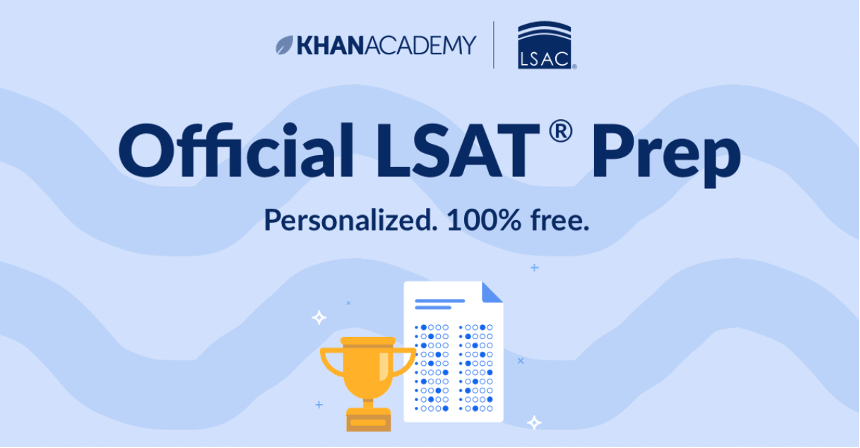LSAT Studying
By Nikki, a Peer Tutor
Intro to LSAT Studying
If you want to go law school, arguably the most important hurdle you must leap is the Law School Admissions Test – the LSAT. It is hard to overstate the importance of the LSAT, given the weight law schools place upon it. With the Law School Admissions Council stating things like “studies have consistently shown the LSAT to be the single best predictor of first-year law school performance, even better than undergraduate grade-point average,” it is no wonder that it’s the largest determining factor in law admissions decisions.
In this blog, I’ll take you on my journey of what worked for me with LSAT studying while trying to minimize the cost and maximize my time.
How I Got Started Studying for the LSAT
My on and (mostly) off studying journey technically began two years ago during the summer after my freshman year. Bored and in the midst of a global pandemic, I took a cursory glance at what the LSAT was and how to study for it since I knew I wanted to go to law school after graduation and would need to take the LSAT at some point. I was thrilled to see that Khan Academy had just partnered with the Law School Admissions Council to release a free LSAT prep course. I had used Khan Academy back in the day to study for the SAT, so I felt comfortable with the format, which was nice.

Within less than a month, I had secured a job at a nearby bakery and temporarily abandoned my LSAT studies. I mean, I had plenty of time right? The next summer, I didn’t have anything to do until my job started in June. I turned to the trusty Khan Academy again but had read online that it didn’t go super in-depth, so I decided to also take a spin reading the LSAT book Princeton Review released as an additional supplement. I saw improvements in my score on prep tests right away and think that was pretty helpful in establishing the fundamentals for what each of the sections actually was. Within a week of completing the book though, summer once again got busy and I figured I’d pick it back up after things slowed down.
Come winter break, I decided to invest in the infamous LSAT Bible trilogy, which is well-known for being the most comprehensive written guide for how to approach each section of the LSAT: one book is devoted to each LSAT section. I immediately took a crack at the logic games book since that was my worst section, but after reading and re-reading the first 500 pages I gave up again due to a lack of time and motivation. The books (as promised) were quite detailed and provided a number of good strategies for attacking each section, but I found that they weren’t stimulating or interactive for my learning style. I also found that I had a hard time holding myself accountable to a book with no other structure.

Cracking Down and Finding My Stride
Finally, at the start of the summer before my senior year, I tried starting right back at the bibles and Khan Academy but it felt too unstructured and I was very unmotivated despite my impending August LSAT date. Per the recommendation of some friends studying at the same time, I bought a monthly subscription to 7Sage which also required me to buy a one year LawHub membership. While I originally hadn’t wanted to cave and buy a course, 7sage was extremely cost effective as it was only $69 a month compared to many of the other courses that cost thousands. You do have to buy the LawHub account to access, but this was necessary regardless as it unlocked every LSAT that LSAC has ever released (92 and counting!) which is crucial for getting general practice problems as well as full length practice tests and only costs $99 for a full year.

For me, 7Sage worked so well because it provided a lot of structure. It was great to have a lesson plan customizing what I needed to study and at what rate based on when my test day was. I loved being told what to do day by day because I felt like it held me a lot more accountable than the books had. I also really enjoyed how many prep-tests there were because I started to get really comfortable with the formatting of the test, and it also provided me with specific concepts I should hone in on at the conclusion of each prep test. The results of each prep test analyze which subsections you should watch extra lessons on and complete additional practice problems for.
While I ended up cutting it close, and did not start hitting my goal score on prep tests till about a week and a half out from my test date, I thankfully ended up hitting my goal score on test day and did not have to retake the LSAT! I would encourage anyone taking the LSAT to really think critically about what type of a learner they are and as a result what resources will work best for them. I would also recommend setting aside ample time (at least 3 months) to study for the LSAT.

